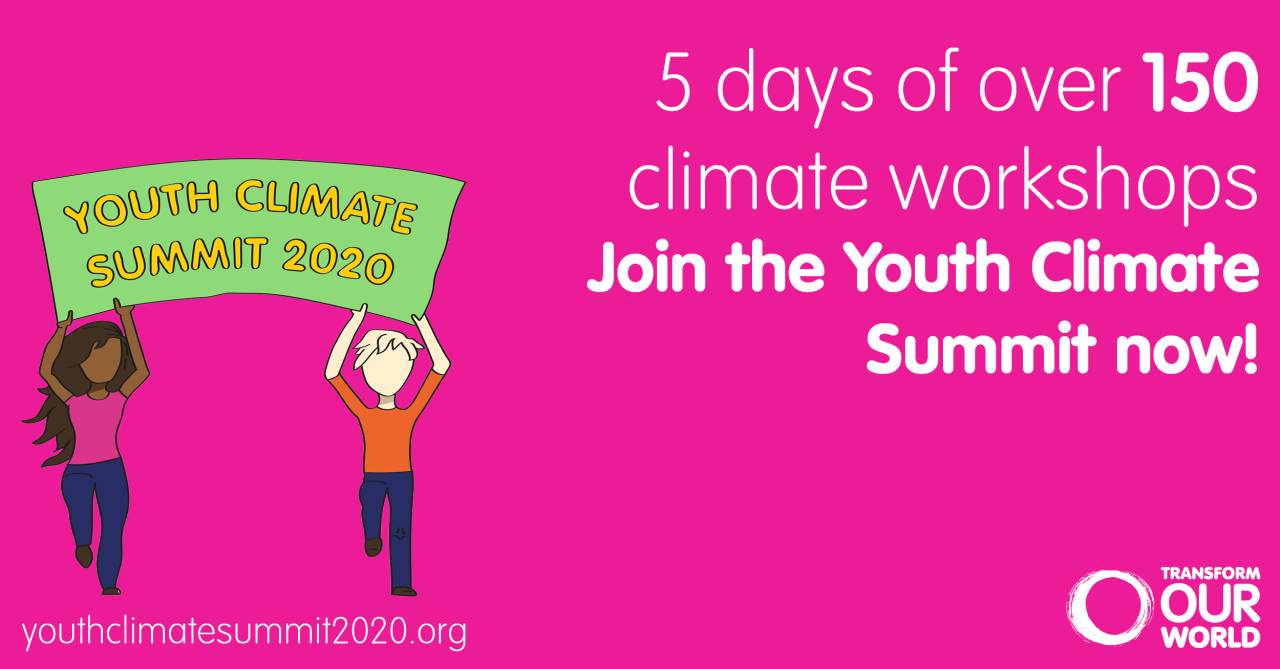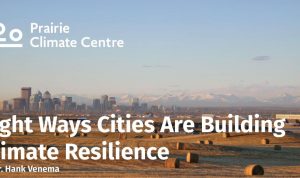Youth Climate Summit Inspires Global Action sets the stage for a vibrant discussion on how young voices are driving efforts to combat climate change. This summit not only highlights the urgent need for environmental advocacy but also showcases innovative ideas and collaborative projects from across the globe. Participants will gain insights into how youth-led movements are making a tangible impact on policy and public awareness.
As we delve into this topic, we’ll explore the critical role that young activists play in shaping a sustainable future and the various initiatives that emerged from the summit that aim to inspire collective action. It’s a call to arms for all generations to join in the effort to protect our planet.
In today’s fast-paced world, the importance of effective communication cannot be overstated. Whether in personal relationships, professional settings, or casual interactions, the ability to convey thoughts clearly and concisely is essential. This article aims to explore various aspects of communication, from its fundamental principles to the impact of technology on how we communicate today.### Understanding CommunicationAt its core, communication is the process of transferring information from one person to another.
It encompasses verbal, non-verbal, written, and digital forms. The key components of effective communication include:
1. Clarity
The message should be clear and easy to understand.
2. Conciseness
Avoid unnecessary jargon and keep the message brief.
3. Engagement
The receiver should feel involved in the conversation.

4. Empathy
Understanding the emotions and perspectives of others enhances communication.### Verbal CommunicationVerbal communication involves the use of spoken language to convey messages. This form of communication is often immediate and allows for real-time feedback. Key aspects of verbal communication include:
Tone
The tone of voice can significantly affect how a message is received. A friendly tone can foster a positive atmosphere, while a harsh tone may lead to misunderstandings.
Pacing
Speaking too quickly can confuse the listener, while speaking too slowly may bore them. Finding the right pace is crucial for effective delivery.
Articulation
Clear pronunciation is essential for ensuring that the message is understood correctly.### Non-Verbal CommunicationNon-verbal communication refers to the transmission of messages without the use of words. This includes body language, facial expressions, eye contact, and gestures. Non-verbal cues can reinforce or contradict verbal messages. For example, maintaining eye contact can indicate confidence and sincerity, while crossed arms may suggest defensiveness.Understanding non-verbal communication is vital, as it often speaks louder than words.
When communicating, it is essential to be aware of your own body language and to interpret the non-verbal signals of others accurately.### Written CommunicationIn our increasingly digital world, written communication plays a crucial role. From emails to text messages, the written word allows for thoughtful articulation of ideas. Key considerations for effective written communication include:
Structure
Organizing the content logically makes it easier for the reader to follow.
Tone
The tone in writing can vary from formal to informal. It’s important to adjust the tone based on the audience and context.
Proofreading
Errors in spelling or grammar can undermine your credibility, so always proofread your work before sending it.### The Impact of Technology on CommunicationTechnology has revolutionized the way we communicate. With the advent of social media, instant messaging, and video conferencing, staying connected has never been easier. However, this shift also presents challenges:
Misinterpretation
Without non-verbal cues, messages can be misinterpreted, leading to misunderstandings.
Overload
The sheer volume of information available can overwhelm individuals, making it difficult to focus on essential communications.
Impersonal Interactions
Digital communication can sometimes lack the personal touch that face-to-face interactions provide, leading to a sense of disconnect.### Best Practices for Effective CommunicationTo enhance your communication skills, consider implementing the following best practices:
1. Active Listening
This involves fully concentrating on what the other person is saying rather than just waiting for your turn to speak. Reflecting on their words and asking clarifying questions can improve understanding.
2. Be Open-Minded
Approach conversations with an open mind. Be willing to consider different perspectives and adapt your viewpoint based on new information.
3. Use ‘I’ Statements
When discussing feelings or opinions, using ‘I’ statements (e.g., “I feel that…”) can help prevent the listener from becoming defensive and promote a more constructive conversation.
4. Tailor Your Message
Consider your audience and tailor your message accordingly. Different situations may require different levels of formality, detail, or technical language.
5. Seek Feedback
Encourage others to provide feedback on your communication style. This can help you identify areas for improvement and enhance your effectiveness.### The Role of Empathy in CommunicationEmpathy is the ability to understand and share the feelings of others. In communication, empathy fosters connection and trust. When individuals feel understood, they are more likely to be open and honest in their interactions.
Cultivating empathy involves:
Active Listening
Pay attention to both the verbal and non-verbal messages being conveyed.
Validating Feelings
Acknowledge the emotions of others, even if you don’t necessarily agree with their perspective.
Putting Yourself in Their Shoes
Try to see the situation from the other person’s viewpoint, which can help in crafting a more empathetic response.### Overcoming Communication BarriersVarious barriers can impede effective communication. These barriers may be linguistic, cultural, emotional, or environmental. Here are strategies to overcome common communication barriers:
Language Barriers
When communicating with individuals who speak different languages, consider using simple language or translation tools. Be patient and willing to clarify your message if needed.
Cultural Differences
Cultural norms can significantly affect communication styles. Being aware of these differences and adapting your approach can enhance cross-cultural interactions.
Emotional Barriers
Personal emotions can cloud judgment and affect communication. It’s crucial to recognize when emotions are influencing your interactions and to take a step back if necessary.
Environmental Factors
Noise and distractions can hinder communication. Choose appropriate settings for important conversations to minimize interruptions.### ConclusionEffective communication is a skill that can be developed and refined over time. By understanding the various forms of communication—verbal, non-verbal, and written—and by leveraging technology thoughtfully, individuals can enhance their ability to connect with others. Prioritizing empathy, active listening, and clarity in communication fosters stronger relationships in both personal and professional spheres.As we continue to navigate the complexities of communication in an ever-evolving digital landscape, embracing these principles can lead to more meaningful interactions.
In a world where messages can easily be lost or misinterpreted, taking the time to communicate effectively is an invaluable investment in our relationships and our success.
Frequently Asked Questions: Youth Climate Summit Inspires Global Action
What is the Youth Climate Summit?
The Youth Climate Summit is an event that brings together young leaders and activists from around the world to discuss and promote climate action.
Who can participate in the Youth Climate Summit?
Participation is generally open to youth activists, leaders, and anyone interested in climate issues, often requiring prior registration.
What are the goals of the Youth Climate Summit?
The goals include raising awareness about climate issues, fostering collaboration among youth, and developing actionable solutions to combat climate change.
How can I get involved after the summit?
You can get involved by joining local environmental groups, participating in advocacy efforts, or implementing initiatives inspired by the summit.
What impact does the Youth Climate Summit have?
The summit empowers youth, influences policy discussions, and drives public engagement on climate action globally.






